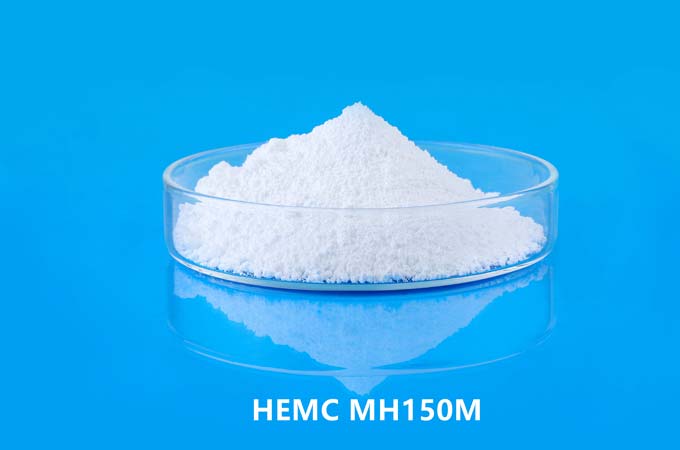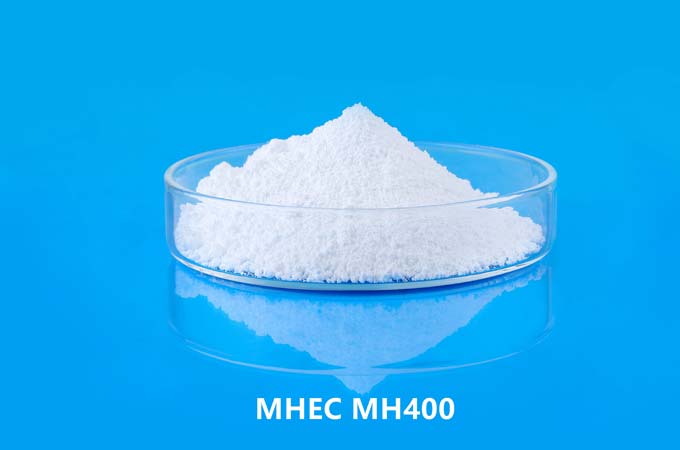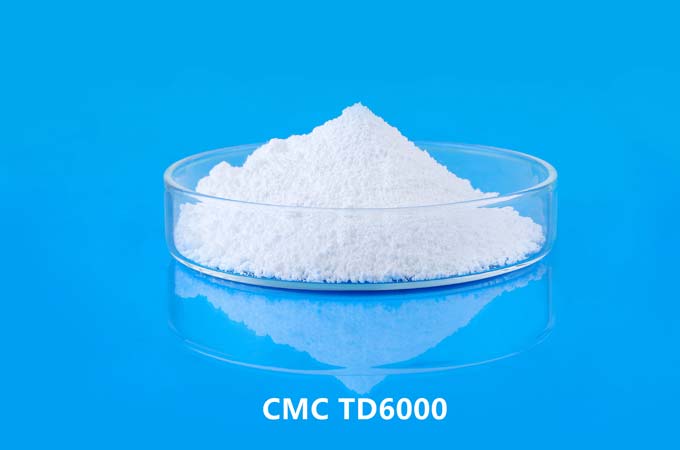Hydroxypropyl methylcellulose (HPMC) is a versatile polymer widely used in pharmaceuticals, food products, cosmetics, and various industrial applications due to its excellent film-forming, thickening, and gelling properties. One of the critical parameters influencing its performance is gel temperature, which determines the gelation behavior and physical characteristics of HPMC gels. However, maintaining consistent gel temperature can sometimes pose challenges, leading to issues in product quality and process efficiency.
Understanding Gelation in HPMC
Before delving into temperature-related issues, it's essential to understand the gelation process of HPMC. HPMC forms gels through a temperature-dependent mechanism known as thermogelation. When dispersed in water, HPMC molecules hydrate and undergo entanglement, forming a three-dimensional network structure. As the temperature increases, molecular mobility rises, leading to further entanglement and gel formation. Gel temperature, therefore, marks the transition from a sol state to a gel state, where the HPMC solution transforms into a semi-solid or solid gel.
Factors Influencing Gel Temperature
Several factors influence the gel temperature of HPMC solutions:
HPMC Grade: Different grades of HPMC exhibit varying gelation temperatures due to differences in molecular weight, degree of substitution, and particle size. Higher molecular weight and substitution levels generally result in higher gel temperatures.
Concentration: Gel temperature is directly proportional to the concentration of HPMC in the solution. Higher concentrations require higher temperatures for gel formation.
Ionic Strength: Electrolytes can influence gelation by screening electrostatic repulsions between polymer chains, affecting the entanglement and gelation process.
pH: pH alterations can impact the ionization state of HPMC, thus affecting its solubility and gelation behavior.
Additives: Additives such as salts, surfactants, or cosolvents can alter the gelation temperature by interacting with HPMC molecules or affecting solvent properties.
Common Gel Temperature Problems
In industrial applications, maintaining consistent gel temperature can be challenging, leading to several issues:
Inconsistent Product Quality: Fluctuations in gel temperature can result in variations in gel strength, viscosity, and texture, leading to inconsistent product quality and performance.
Process Inefficiency: Temperature fluctuations require constant adjustments in processing parameters, leading to inefficiencies, increased energy consumption, and production delays.
Storage Stability: Gel temperature variations during storage can cause phase separation, syneresis, or gel syneresis, compromising product stability and shelf life.
Customer Dissatisfaction: Variations in gel properties may lead to customer dissatisfaction, impacting brand reputation and market competitiveness.
Strategies to Address Gel Temperature Problems
To mitigate gel temperature issues and ensure consistent gelation behavior, several strategies can be employed:
Optimize Formulation: Adjust HPMC grade, concentration, and additives to achieve the desired gel temperature and properties.
Controlled Cooling/Heating: Implement precise temperature control during gel formation using thermostatic equipment or jacketed vessels to maintain uniform gel temperature.
Preparation Techniques: Opt for methods such as pre-gelatinization or cold hydration to minimize temperature fluctuations and ensure uniform dispersion of HPMC.
pH Adjustment: Optimize pH conditions to stabilize HPMC solutions and minimize variations in gelation behavior.
Quality Assurance Measures: Implement robust quality control protocols to monitor gel temperature, viscosity, and other relevant parameters throughout the manufacturing process.
Storage Conditions: Store HPMC products under controlled temperature and humidity conditions to prevent gel temperature variations during storage.
Process Automation: Employ automated process control systems to maintain precise temperature control and minimize human error.
Hydroxypropyl methylcellulose (HPMC) gels are valuable materials in various industries, but their performance hinges on consistent gelation behavior, which is influenced by gel temperature. By understanding the factors affecting gel temperature and implementing appropriate strategies, manufacturers can overcome temperature-related challenges, ensuring consistent product quality, process efficiency, and customer satisfaction. Effective temperature control not only enhances product performance but also contributes to the overall success and competitiveness of HPMC-based formulations in the market.
 English
English 日本語
日本語 français
français Deutsch
Deutsch Español
Español italiano
italiano русский
русский português
português العربية
العربية Türkçe
Türkçe Nederland
Nederland



